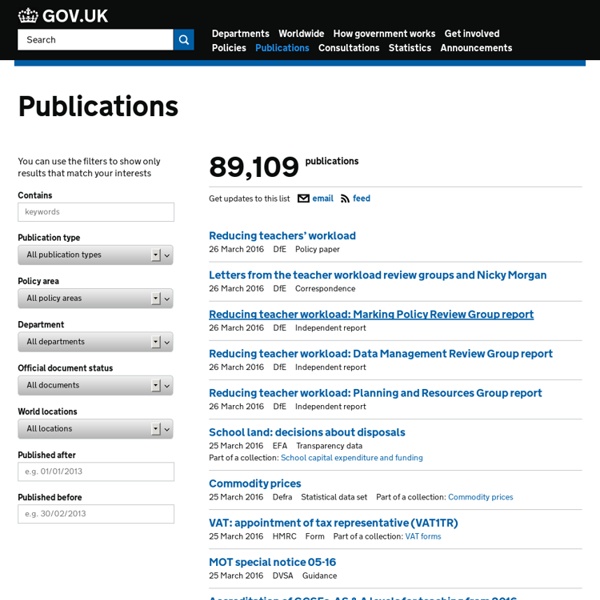Lifetime Homes, Lifetime Neighbourhoods: A National Strategy for Housing in an Ageing Society - Housing - Department for Communities and Local Government
Tower Block
What is TOWER BLOCK? TOWER BLOCK is a multi-faceted historical initiative aimed at documenting and disseminating information about the great post-World War II mass housing drive. Who are we? What do we do? To download a FREE copy of our foundation text click here
Related:
Related:



